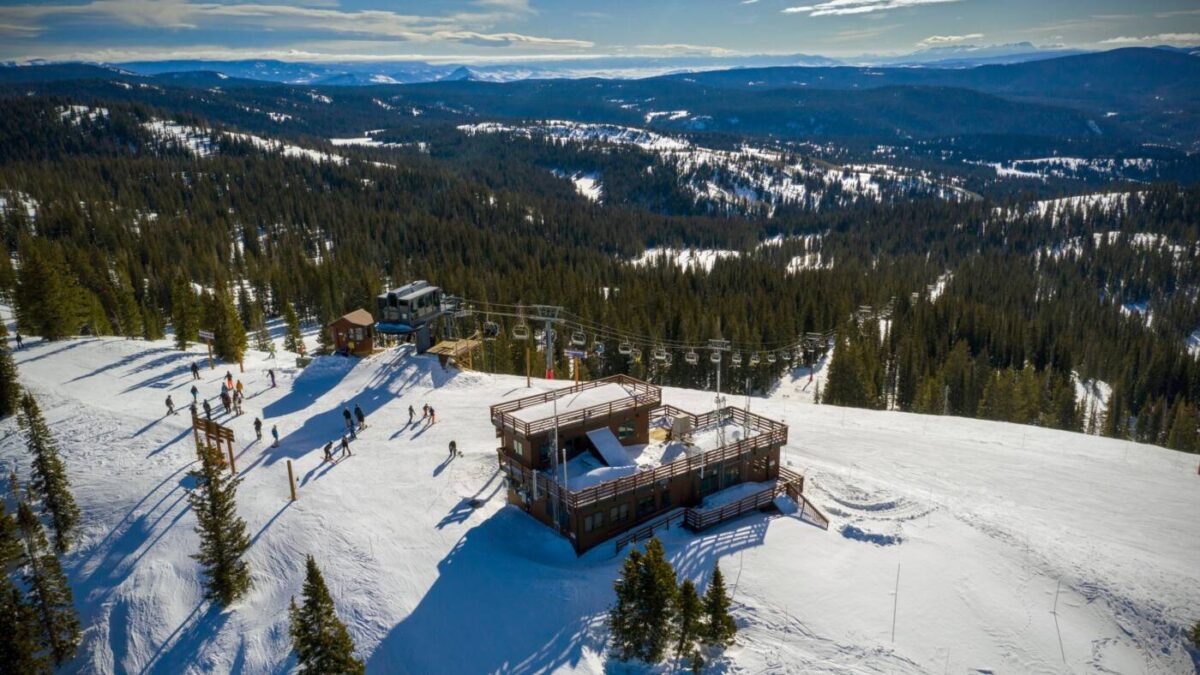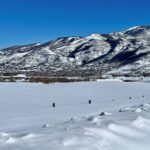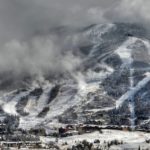Storm Peak Laboratory: A Unique Window into the World of Atmospheric Sciences
If you have ever ridden up Morningside chairlift to access the top of Mount Werner at Steamboat Resort, you have seen the Storm Peak Laboratory. Sitting at an elevation of 10,525 feet above sea level and “in a cloud” 40% of the winter, Storm Peak Lab provides a unique window into the world of atmospheric sciences. Originating in a different form during the winter of 1979, Storm Peak Lab has evolved over the past 44 years as a premier high-elevation atmospheric research facility that is accessible year-round and in all kinds of weather.
At first glance, Storm Peak Lab may appear to be a Steamboat Resort building, but as you look further and notice the impressive scientific equipment on the roof-top deck, you’ll realize that it’s meant for science rather than skiing. The building you see today was built in 1995 and remodeled in 2012, but Storm Peak Lab originated long before that.
During the winter of 1979, Storm Peak Lab (although not called that at the time) began as an observing facility within the attic of the Thunderhead Lodge building. As part of a National Science Foundation (NSF) funded grant to Colorado State University (CSU) to study what type of aerosols make up clouds, observations began at 9,080 feet. It was quickly realized that to best study clouds, a facility needed to be created at a higher elevation. From 1980 to 1984, the laboratory consisted of a single 16-foot camper that was moved around and placed in different locations on Storm Peak and Mount Werner. Officially named Storm Peak Laboratory while located on Storm Peak, the lab eventually found its ideal location and elevation in 1984 atop Mount Werner at 10,525 feet, where it is located today.
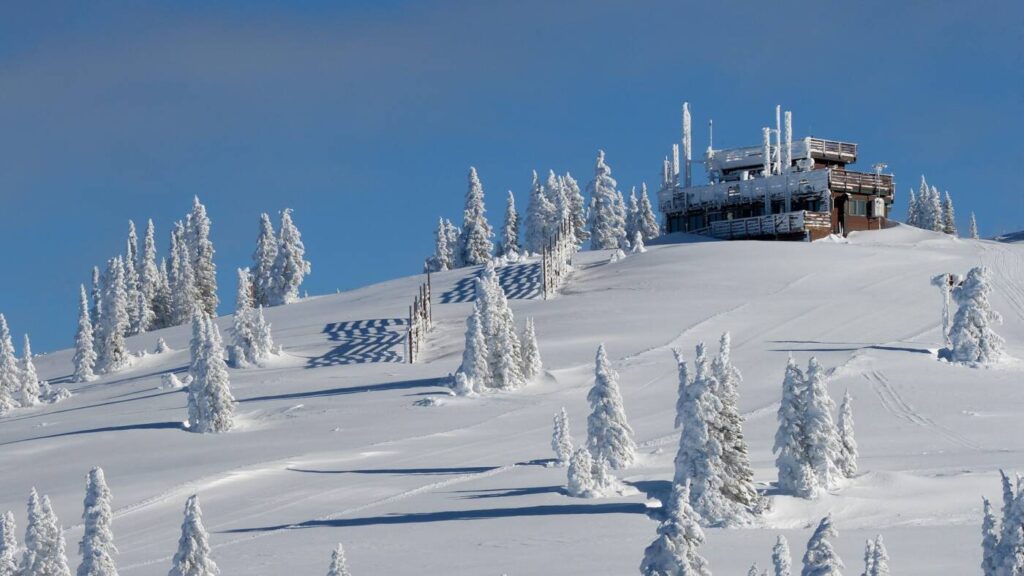
In the late 1980s and early 1990s, Storm Peak Lab, still operating out of a trailer, began to develop its own research direction. Numerous NSF projects were being funded with Storm Peak Lab’s unique capabilities in mind. Originally a lab under the leadership of CSU, in 1989, the laboratory was transferred to the Desert Research Institute (DRI) of Nevada under the leadership of Dr. Randy Borys. Around that same time, the U.S. Forest Service (USFS) issued a special use permit for the one acre of land surrounding Storm Peak Lab.
As Storm Peak Lab grew in the world of atmospheric sciences, Steamboat Resort grew in the world of skiing and snowboarding. In 1993, Steamboat Resort installed the Morningside chairlift, opening new terrain for skiing and snowboarding surrounding the lab. With Storm Peak Lab now in view of the public daily, Steamboat Resort and the USFS made the decision to upgrade the lab to be a permanent structure that would architecturally blend into other ski area buildings. Construction of the new facility was completed in 1995 and provided bunks for nine, two bathrooms, a full kitchen and plenty of space for scientific equipment.
With a building as the face of Storm Peak Lab, rather than a 16-foot camper, universities from around the country started to develop courses in cloud physics and atmospheric chemistry that centered around a stay at the lab for research and experimentation. As a fundamental science lab and an official NSF community facility, to teach a course from Storm Peak Lab means that it must be within the parameters of the USFS permit. For example, if a university wanted to teach a course on astronomy from the lab, that would not be permitted as the main goal of Storm Peak Lab is research and education within atmospheric sciences.
In 2006, Dr. Anna Gannet Hallar was hired as Storm Peak Lab’s new director, and in 2012, the NSF funded an extensive remodel and expansion, making it easily accessible for researchers, teachers and students of all abilities. During the winter, Storm Peak Lab is accessible via chairlift, snowmobile or snowcat, and in the summer, it is accessible via a USFS and Steamboat Resort maintained road that requires a permit and four-wheel drive vehicle. Dr. Hallar remains the current director for Storm Peak Lab, but just last year, in 2022, the lab was newly acquired by the University of Utah where she is a professor in the atmospheric science department.
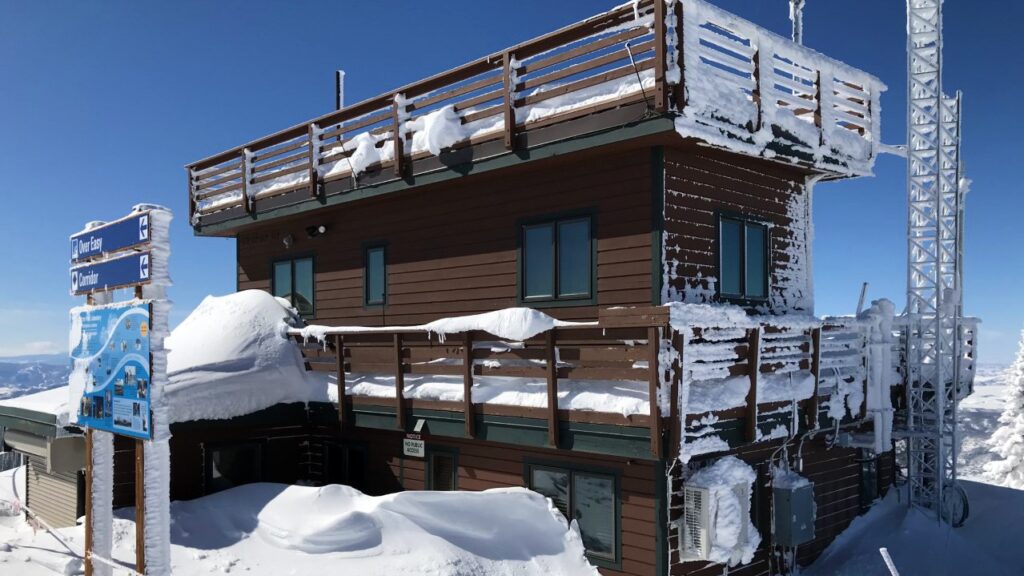
The evolution of Storm Peak Laboratory’s facade has been dynamic over the years, but the focus on atmospheric science has remained the same. During the winter, when the lab is “in cloud” about 40% of the time, scientists are studying the microphysics of clouds. They utilize special cameras and equipment to take pictures of snowflakes and cloud droplets to better understand the chemistry and different compositions within different droplets. As Dr. Hallar talks about Storm Peak Lab, she explains that “it really allows us, we always say, to have our head in the clouds.”
For the past twenty years, Storm Peak Lab has also been continuously measuring greenhouse gases, mainly carbon dioxide. Recently, the lab received newer instruments from the National Oceanic and Atmospheric Administration (NOAA) to measure methane water vapor and carbon monoxide. These high precision greenhouse gas measurements are vital in the world of climate prediction. “All of the work done at Storm Peak Lab is ultimately for climate predictions and to improve climate models,” explains Dr. Hallar. “That is the heart and soul of all research conducted at Storm Peak Laboratory.”
With the ability to conduct continuous research, experiments and observations at a high elevation year-round, Storm Peak Laboratory is the premier atmospheric science lab in the United States, and is regarded as one of the premier atmospheric science labs in the world. Steamboat Resort is the largest in-kind partner to Storm Peak Lab and is an integral part of the lab’s development and success in the world of science. So next time you find yourself at the top of Mount Werner, make sure to notice one of the world’s premier atmospheric science labs that studies the snow you enjoy underneath your skis and snowboards.


